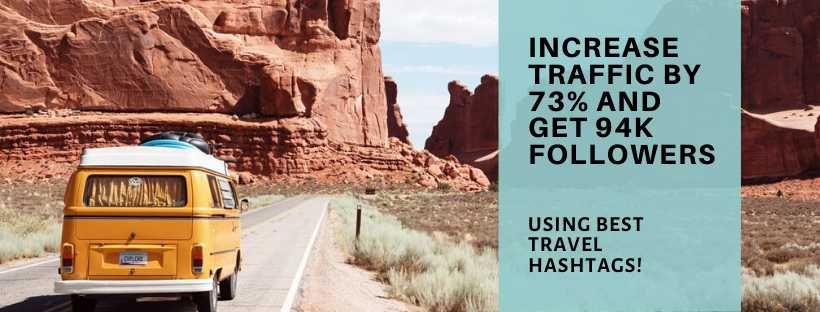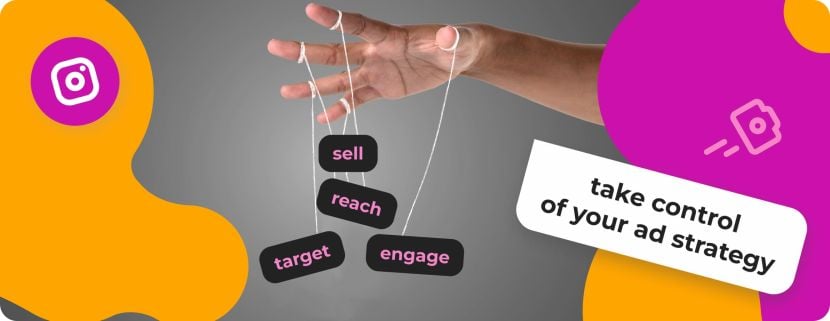
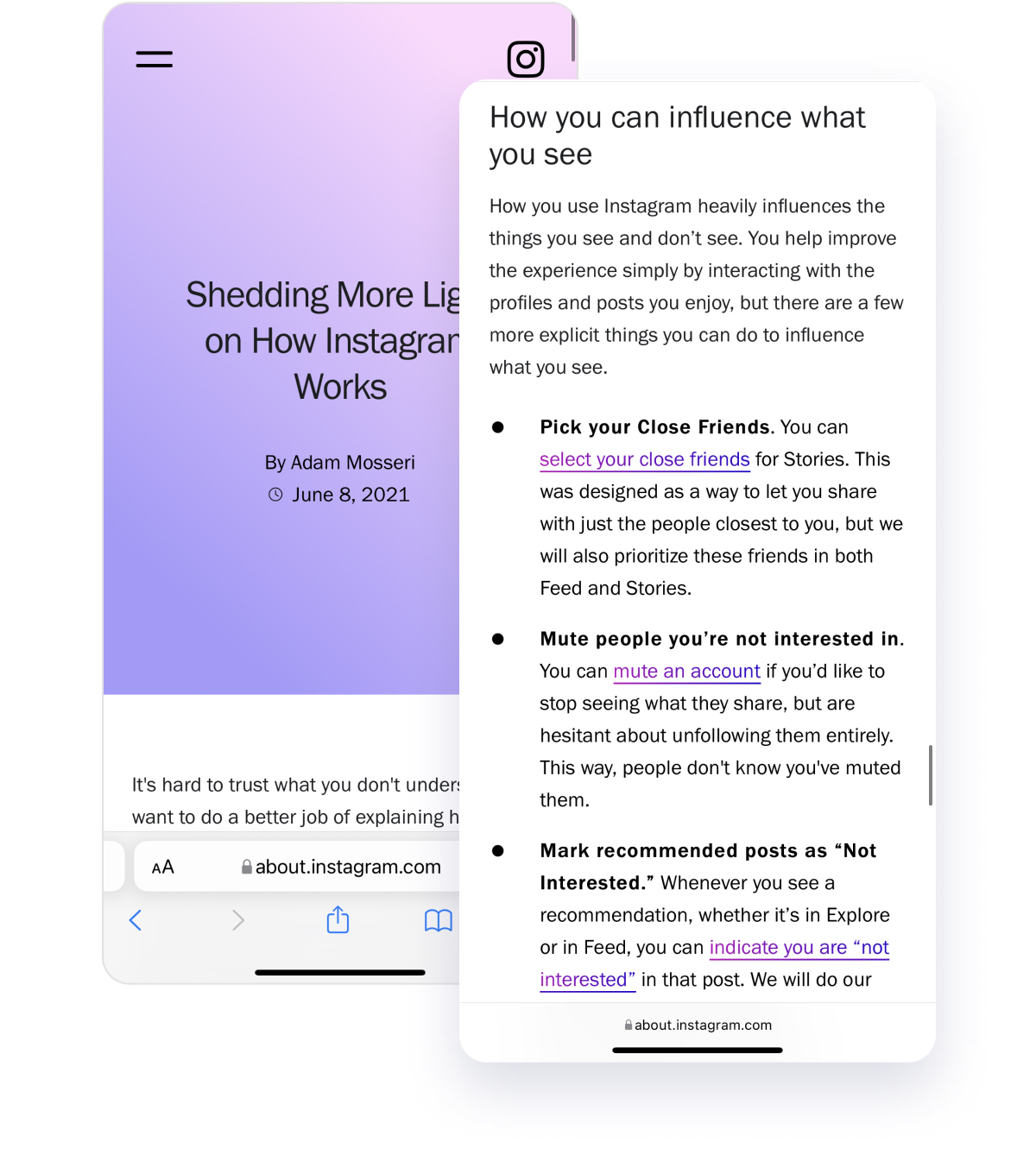
How Instagram feed ranking works and how to add a hashtag on Instagram
The overview from Adam Moseri's team gave more information on how the platform looks to match relevant content with the interests of users, and how creators can provide content so that their posts reach people in the app. We’ve touched on the Instagram CEO’s official statement, but now it is even more detailed. Search is a secondary aspect in this regard, but it is a key area.
If you want to be discovered and maximize your Instagram presence, you need to have an understanding of all its systems and how best to coordinate with them.
Your Instagram optimization strategy
Here are the main elements to consider in order to maximize IG detection value. The basics of Instagram search are pretty simple:
- Instagram uses keywords, which you enter in the search field to highlight the most relevant content, where the specific text you enter is the primary device for comparisons.
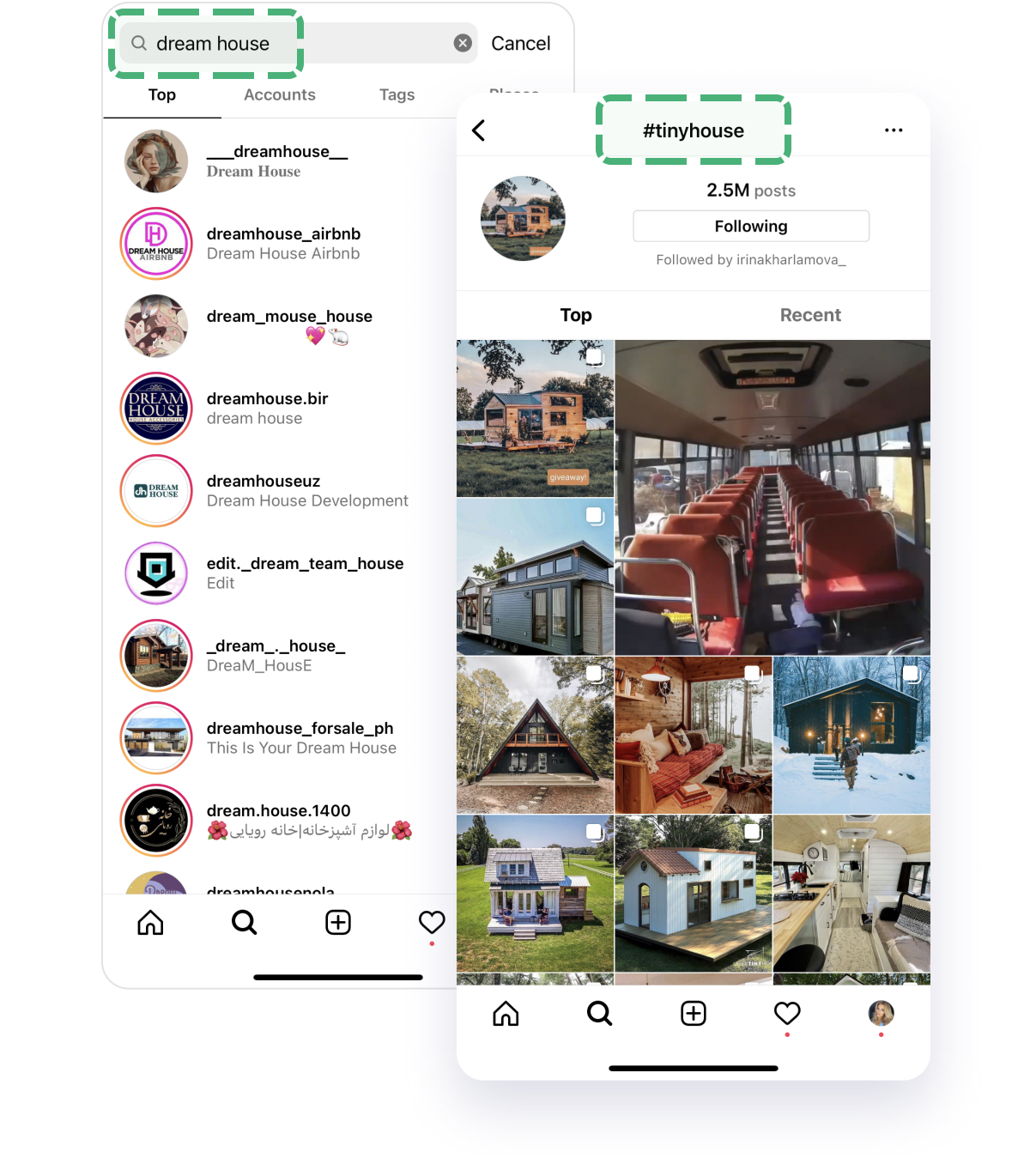
- Use relevant hashtags (it is better to find them through the hashtag generator). Read our latest Instagram hashtag strategy reminder.
But that's not the only factor in delivering relevant search results.
In a search request, Instagram takes into account three main elements:
- The text you enter
This is, according to Instagram, “by far” the most important signal for search. Hashtags are also ranked in this element: Instagram hashtags you’re searching for, and even hashtags you’re entering.
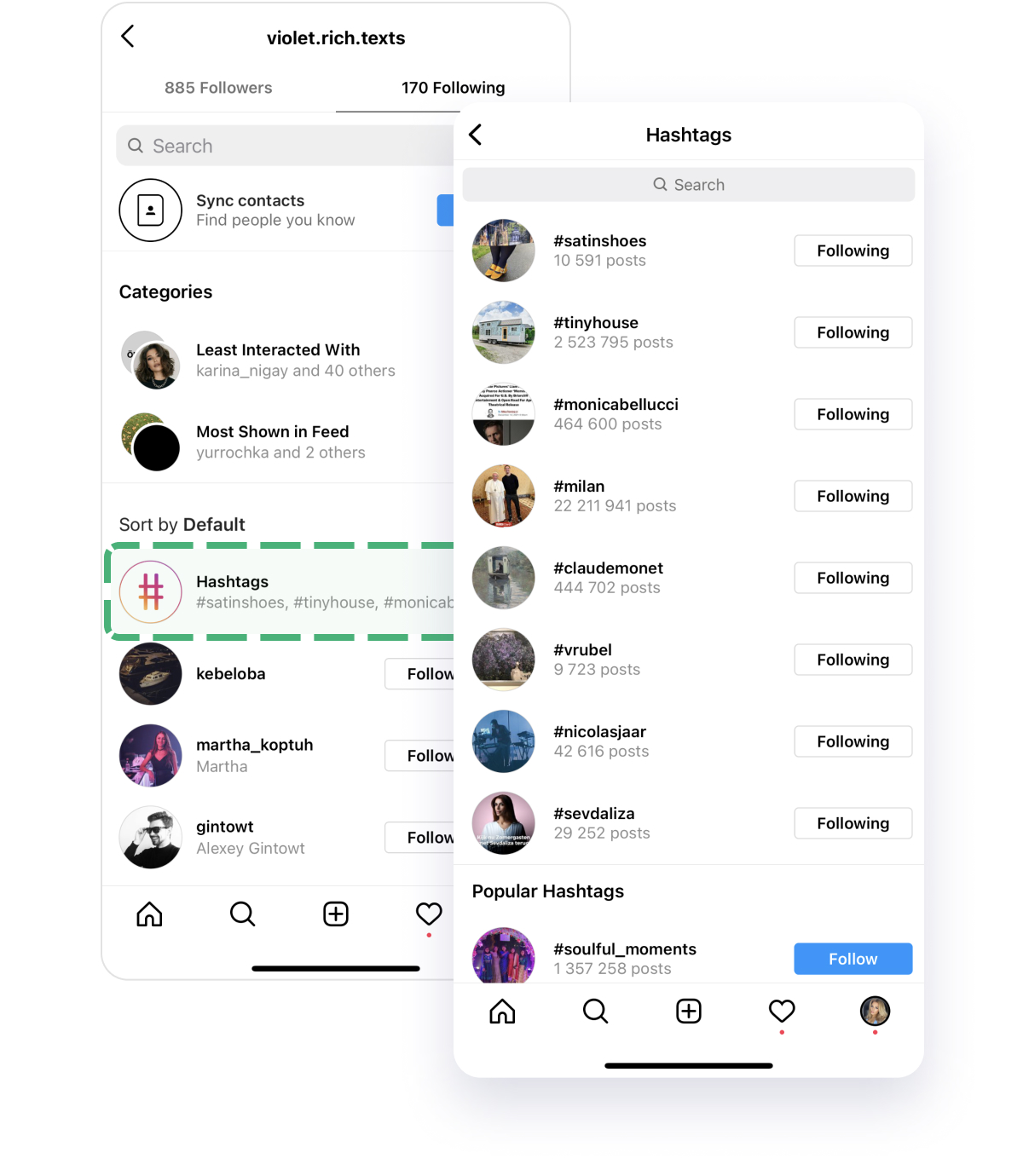
- Your activity in the application
In addition to basic text matching, Instagram will also rate your search results based on your previous activity in the application, including the accounts you are subscribed to, the messages you viewed, and how you interacted with certain profiles in the past.
This will help you find what interests you more and simplify the search process.
- The popularity of every request
Finally, Instagram also takes popularity into account. It matches for your query when ranking the displayed results. Elements that can affect this include the number of clicks, likes, reposts and subscriptions that a specific account, Instagram hashtag, your recent clicks, or location sees.
Thus, your previous activities play a role in improving your IG search network presence, which is another element that follows.
- Read at maximum opening
Gradually building up your presence and maintaining regular activity can help improve your detection potential in the app and ensure that your profile is displayed in a wider range of requests. Instagram also notes that any accounts, posts and / or hashtags that contradict its recommendations will receive a lower rating in search results.
Reasons why Instagram ranks lower and may even ban
Profiles posting COVID-19 conspiracy theories, for example, will cause Instagram to rank them lower. Sometimes it is also seen that the platform reduces the presence in search for content about political issues or conflicts. In some cases, this has been problematic for the application in the past, but from your point of view, brand and marketing is the only real issue here (assuming you're not posting conspiracy theories with your brand). These are the spam parameters in Instagram and you must ensure you are not breaking its rules.
When considering Instagram recommendations, there are key parameters to follow.
Never post this on Instagram
Pay attention to brands in terms of what Instagram hopes to reduce rankings in search matches, which are:
• Content that advertises or depicts beauty treatments.
• Content that contains exaggerated health claims, such as "miracle cures".
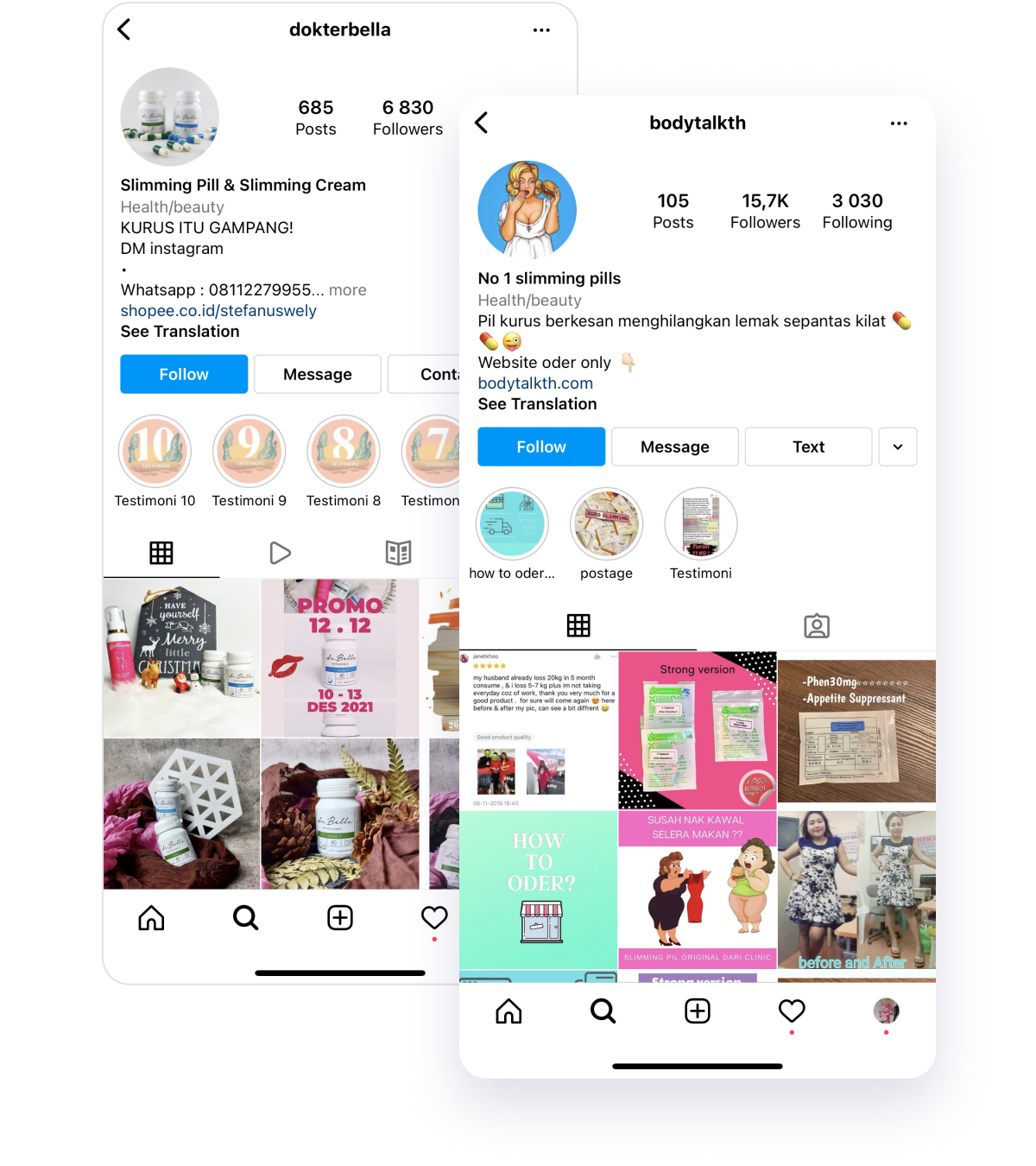
• Content that attempts to sell goods or services based on claims related to health, such as advertising supplements to help a person lose weight.
• Content that promotes misleading business models such as payday loans or “risk-free” investments.
• Content that may be sexually explicit or suggestive of reflections, such as images of people wearing see-through clothing.
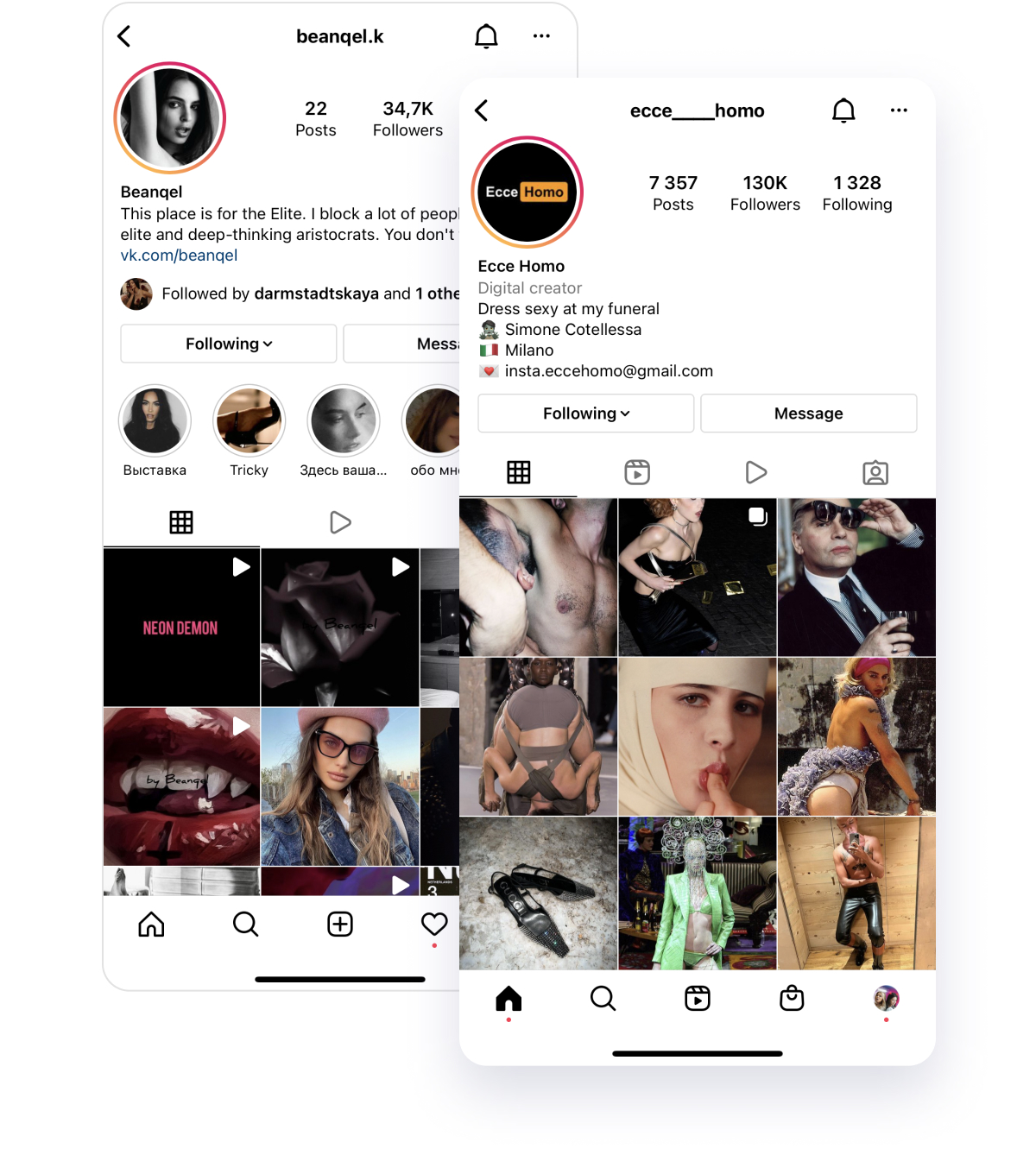
• Content that promotes the use of certain regulated products, such as tobacco or e-cigarettes, goods and services for adults, or pharmaceuticals.
• Unoriginal content that's largely redirected from other sources without adding material value.
• Content promoting a contest or giveaway.
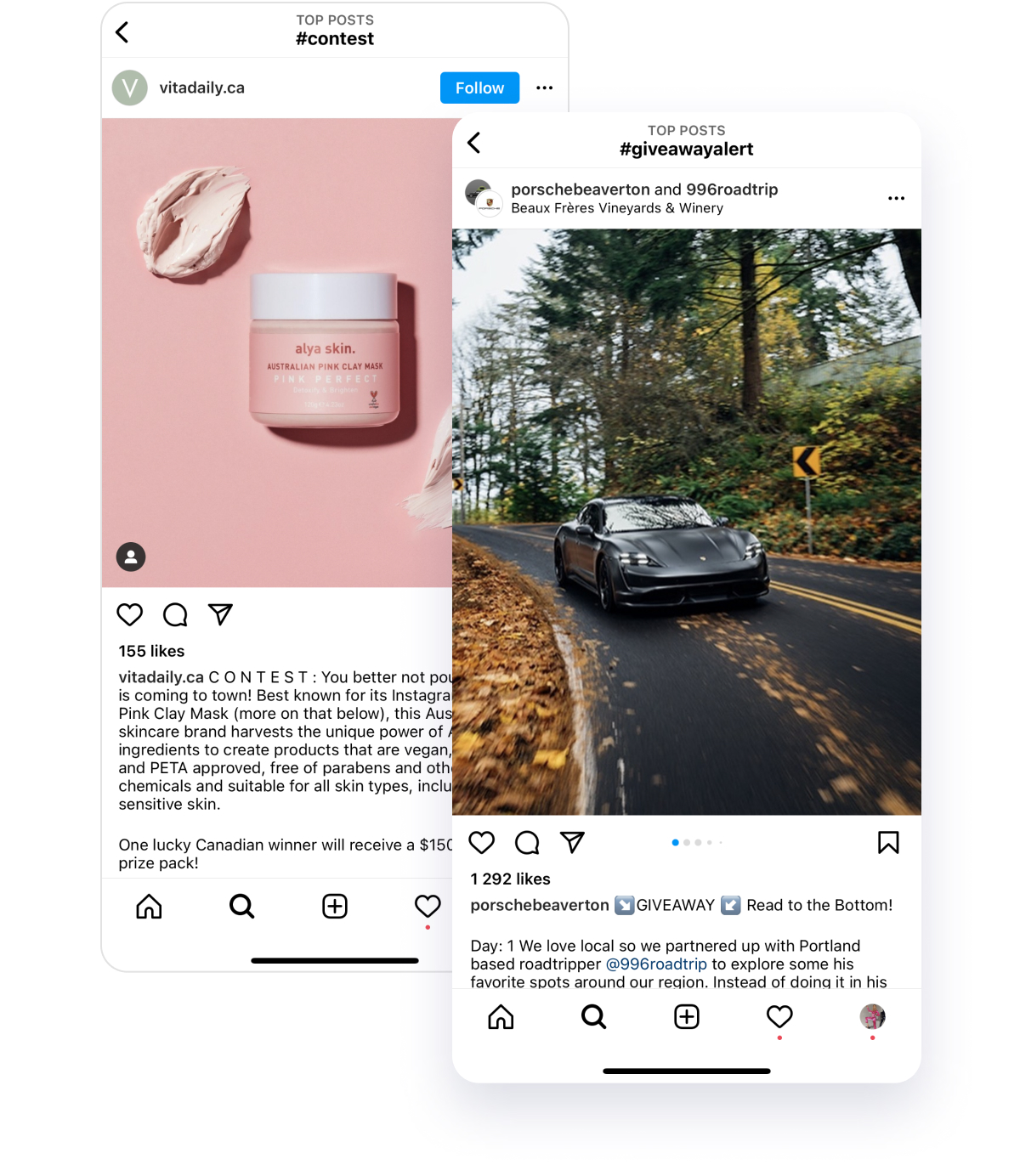
In addition to this information, Instagram also notes that it is committed to further expanding their search tools, which may also affect your approach to the detection optimization process.
Following the expansion of search capabilities last year to show a broader set of relevant keyword matches, as opposed to being limited to profiles, hashtags, and locations, Instagram is also aiming to display an even wider range of results based on your query.
As you can see in this example, Instagram's revamped search process will show you post results on the first “top” page, helping to highlight specific content related to your query, as opposed to a list of profiles and hashtags.
Instagram's guidelines for a better searchability
Finally, based on these findings, Instagram also provided three guidelines for creators and brands looking to maximize their in-app discovery potential:
Use an appropriate bio and profile name
Instagram search results are mostly text based, so using a descriptor or profile name associated with the content of your posts is “best suited to display in relevant search results.” Instagram also recommends that if your friends or fans know you by a certain name,
Include relevant keywords and locations in your bio
Ensuring your bio contains keywords about who you are and what your profile is about will also help improve your potential to be discovered.
Use relevant keywords and hashtags in your captions
This is a particularly relevant note:
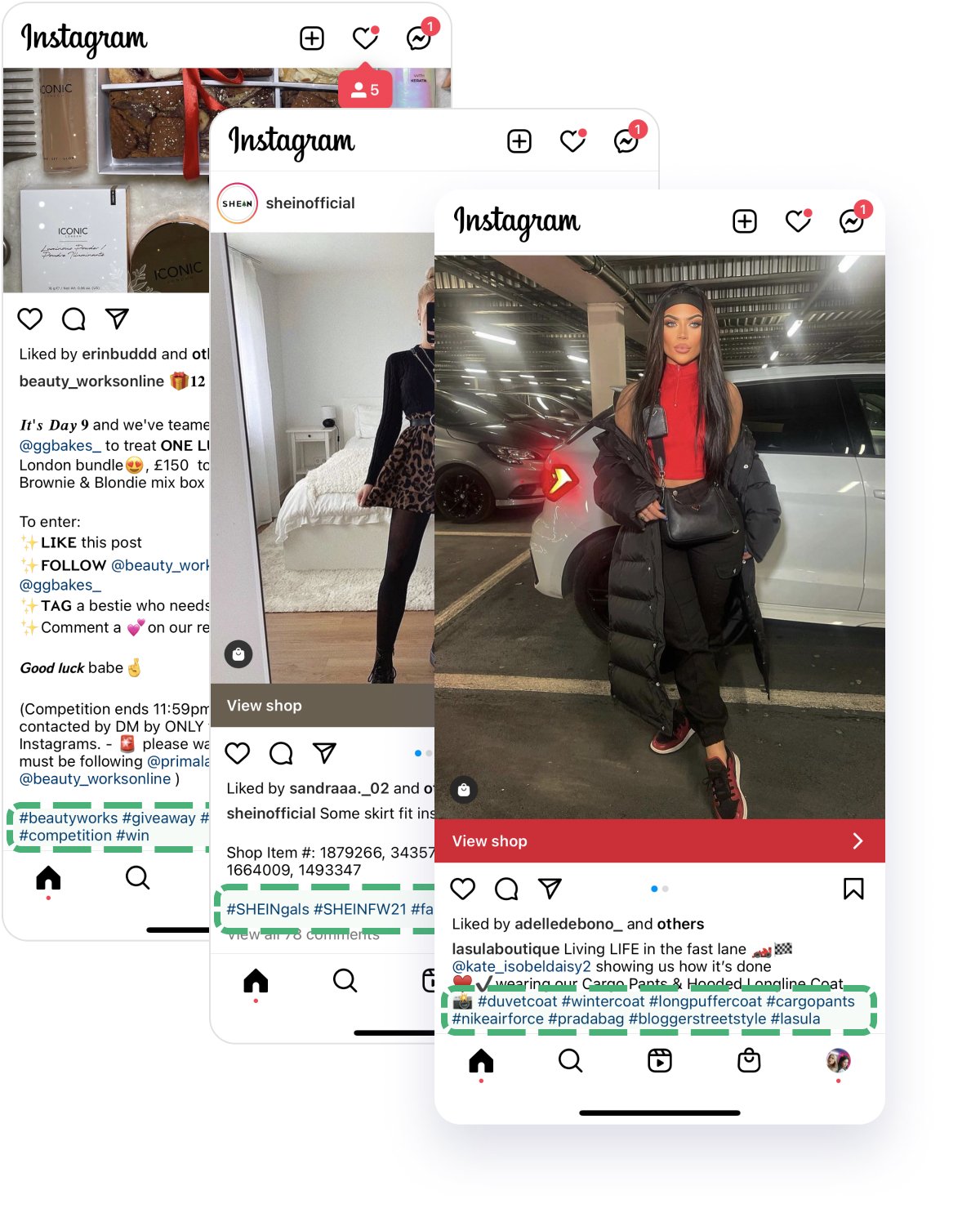
The latter point has long been the subject of controversy among social media marketers as to whether Instagram posts perform better when hashtags are in the caption or in the first comment. Here, Instagram has responded directly to this by providing clear guidance as to where your hashtags should be placed. And that is why we’re canceling our article about where to place hashtags. Instagram is now changing its algorithms.
Of course, this does not necessarily confirm that the placement of your hashtags in your captions will minimize the reach of the post, but given that it will maximize your search discovery chances, this seems like the best approach.
Where to get the best Instagram hashtags for likes
There are some helpful tips here to help you understand how you can optimize your approach to Instagram and strategize your platform efforts.
- A hashtag doesn't necessarily mean a word. It can also be a phrase. For example, the phrase “favorite Instagram” can be written as #favoriteinstagram or #favorite_instagram.
- Spaces or special characters cannot be used. Hashtags can only be separated by underscores (_) and, on rare occasions, using numbers and emojis.
- Write a series of hashtags separated by a space. It looks more aesthetically pleasing and is not perceived by Instagram as spam.
- The maximum number of hashtags in one post is 30. If you write a lot of hashtags, the trick will fail and Instagram will either cut them up or simply post publications without text at all.
- Use the best hashtag generator to get only relevant and popular hashtags for your publication.
Read the full instructions on how to use hashtags on Instagram.
While it's always a good idea to experiment, these tips will help you on the right path to unleashing the application's full potential.



